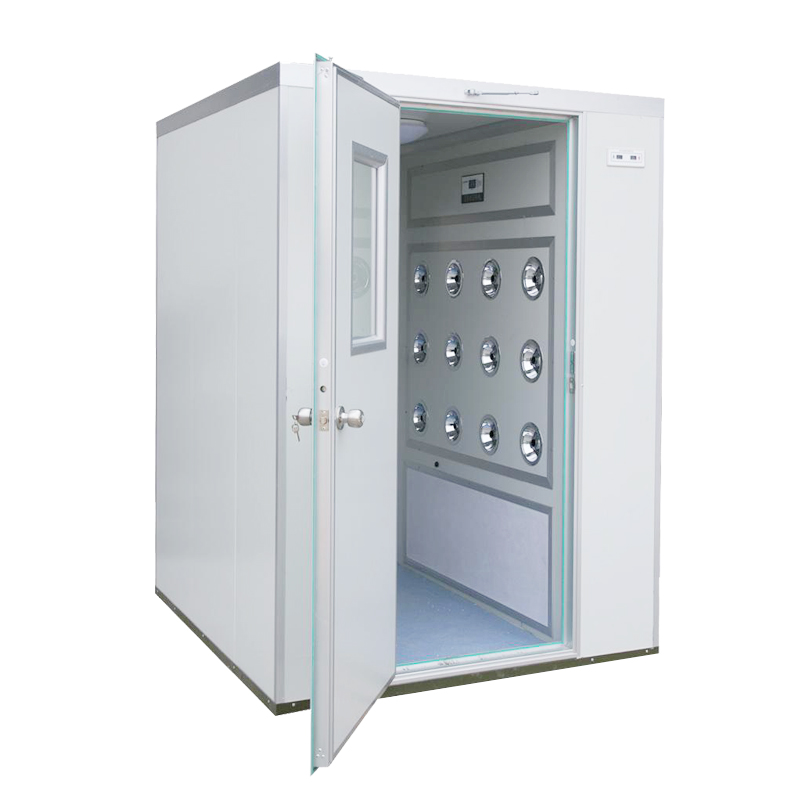

In various industries, from pharmaceuticals to electron […]
In various industries, from pharmaceuticals to electronics, maintaining a pristine environment is crucial for product quality, safety, and compliance. Clean rooms are specialized spaces designed to minimize contamination and control environmental factors, ensuring that sensitive processes can proceed without interference.
A clean room is an enclosed area that is engineered to maintain a low level of pollutants such as dust, airborne microbes, and chemical vapors. These spaces are controlled to meet specific cleanliness standards defined by the number and size of particles allowed per cubic meter of air. The cleanliness of a clean room is classified according to various standards, with ISO 14644-1 being one of the most widely recognized.
In industries like pharmaceuticals and biotechnology, even the slightest contamination can compromise product integrity and efficacy. Clean rooms help ensure that products are manufactured in a controlled environment, reducing the risk of defects and recalls.
Many industries are subject to strict regulations that mandate the use of clean rooms. Compliance with these regulations is essential for obtaining necessary certifications and approvals, particularly in sectors such as healthcare and aerospace.

By providing a stable and controlled environment, clean rooms can enhance operational efficiency. They reduce downtime caused by contamination issues and streamline production processes, leading to better overall productivity.
Clean rooms are not only about product quality; they also prioritize the safety of personnel. In environments where hazardous materials are handled, maintaining cleanliness is critical to protecting workers from exposure to harmful substances.
Creating an effective clean room involves several critical components:
High-Efficiency Particulate Air (HEPA) or Ultra Low Penetration Air (ULPA) filters are essential for removing airborne contaminants. These systems continuously circulate and filter the air within the clean room, maintaining the desired cleanliness level.
Clean rooms often feature controlled temperature and humidity levels. This not only helps in maintaining product quality but also contributes to the comfort and safety of personnel working within the space.
Personnel entering clean rooms must follow strict gowning protocols to minimize contamination. This includes wearing specialized clothing, masks, gloves, and shoe covers designed to prevent the introduction of particles from outside.
Continuous monitoring of environmental conditions is vital in a clean room. Automated systems track particle counts, temperature, humidity, and pressure differentials, ensuring that the clean room operates within specified parameters.
Clean rooms are employed across various industries, including:
In the production of medicines and vaccines, clean rooms are crucial for preventing contamination and ensuring product safety and efficacy.
The manufacturing of microchips and other electronic components requires ultra-clean environments to avoid defects caused by dust and other particulates.
Research and development in biotechnology often take place in clean rooms to ensure the integrity of experiments and product development.
Clean rooms are used in the assembly and testing of aircraft and spacecraft components, where precision and cleanliness are paramount.
Surgical suites and areas where sterile products are prepared often utilize clean room principles to ensure patient safety and reduce infection risks.
Clean rooms are integral to various industries, providing the controlled environments necessary for producing high-quality products while ensuring regulatory compliance and safety. As technology continues to advance and the demand for cleanroom applications grows, the importance of these specialized spaces will only increase. Investing in clean room technology and infrastructure is essential for any organization committed to maintaining the highest standards of quality and safety in its operations. Embracing the clean room concept not only enhances product integrity but also fosters a culture of excellence and responsibility within the organization.
Our new models offer superb design;competitive prices and their new features give them distinct advantages over similar products from other manufacturers.